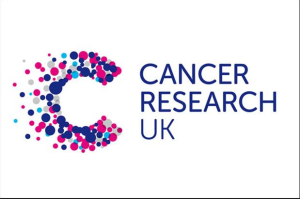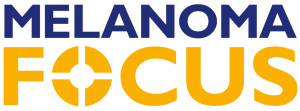Research in Leeds
The Chairman of GenoMEL is Professor Julia Newton-Bishop, Professor of Dermatology at the University of Leeds. The Leeds research group carries out melanoma research of its own as well as work related to GenoMEL and this section of the web page describes some of what we do and introduces you to the team.
The melanoma research takes place in the Section of Epidemiology and Biostatistics, which although it is a part of the University of Leeds, is physically based at St James’s Hospital in Leeds. The Section is led by Professor Tim Bishop who is a genetic epidemiologist and within the section there are people with different skills such as statisticians, molecular biologists, histopathologists, research nurses and data managers. Most melanoma patients who take part in our research see research nurse, Christy Walker, but behind the scenes, other members of the team work to process the samples given to us, to keep the information safe and to carry out the scientific research needed to improve the management and treatment of melanoma.
Over the years, thousands of melanoma patients have been generous enough with their time and blood to help us with our research and this is “making a difference”. As we publish the results of our studies we will update this part of the web site, with plain language summaries of what the research has shown.
The research that we do uses information given to us by participants ( such as about lifestyles, medical histories, family histories or medicines taken), information extracted from medical records, and the results of tests performed on samples provided. We also use national data collected about causes of death and cancer registration, provided to us by NHS Digital and the Office of National Statistics. This information, when put together together allows the research group to identify factors associated with risk of cancer and what determines survival. So, for example we have shown that risk of melanoma is increased in those who have red hair and many moles, and we have identified the genes which determine skin type and number of moles, and thereby learned important things about why melanomas grow. Similarly we have shown that vitamin D levels are associated with higher survival in melanoma patients. Only by gathering information in this way from many patients can we carry out this research in a way that generates clear answers for use by patients and their medical teams in the future.
The information collected is stored in such a way that only staff members contacting patients or working with their medical records have access to names and other sensitive information such as date of birth. All analyses are carried out on data identified by study number alone. Keeping data updated and secure is an absolute requirement of approvals to carry out research of this type.






